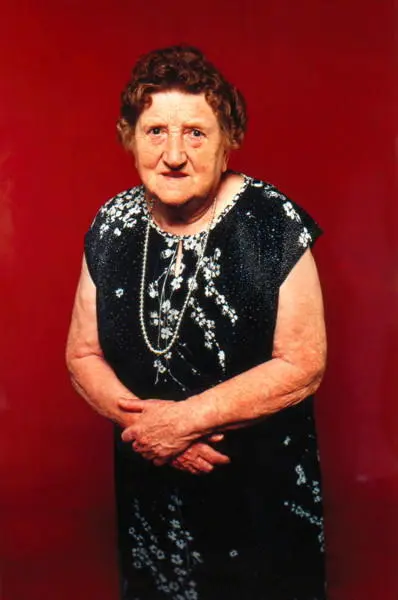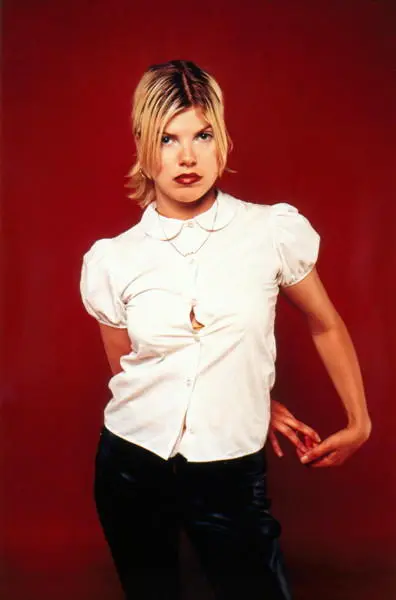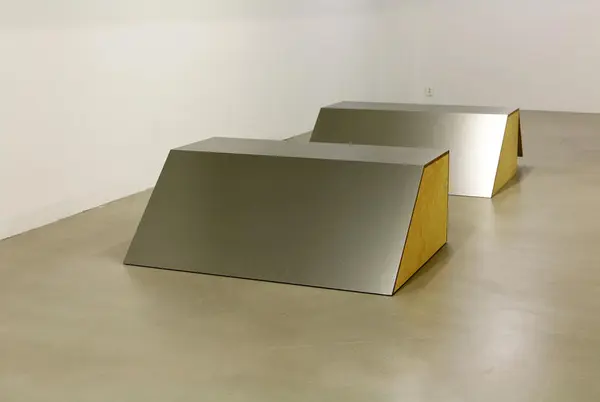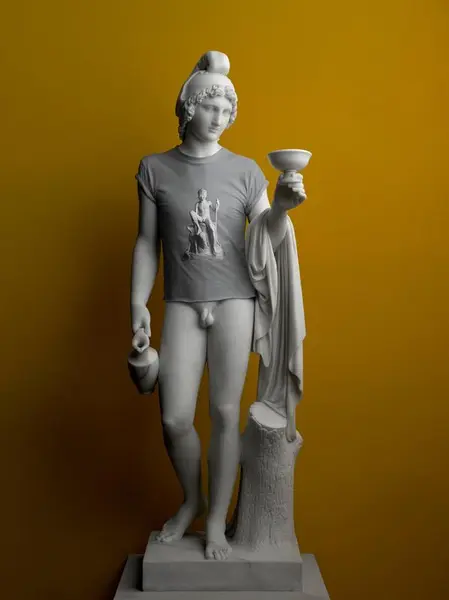This hall in the exhibition show works spanning the period from the mid 1960’s through to today, with a particular focus on acquisitions since 2014. The economical, technological and social developments of the post-war era is mirrored in its art. Communication technologies give political events, war and terrorism such as the 22. of July, an immediate resonance. Through the internet and social media the borders between the private, the personal and the public are blurred.
Since the 1960’s artists have increasingly made use of hybrid techniques and strategies. The idea defines the work of art. Different methods of involving the viewer have been developed, and the distance between art and political issues have decreased.
The choice of medium follows from the idea behind the work, and the strict visual language of Modernism has been challenged. Artist such as Kjartan Slettemark and Anders Sletvold Moe take a playful attitude towards Modernism’s explorations of colour and form.
From the middle of the 19th century the prices of art have increased and the art market have grown rapidly. Many artists have protested through creating immaterial art, which is not easily converted into cash, and new art forms, such as installations, happenings and performance have arisen.
The visual culture of contemporary society is in constant negotiation. Different expressions exist side by side. Visual communication plays a larger role than ever before. Art gives us the tools to navigate this ever changing landscape.






